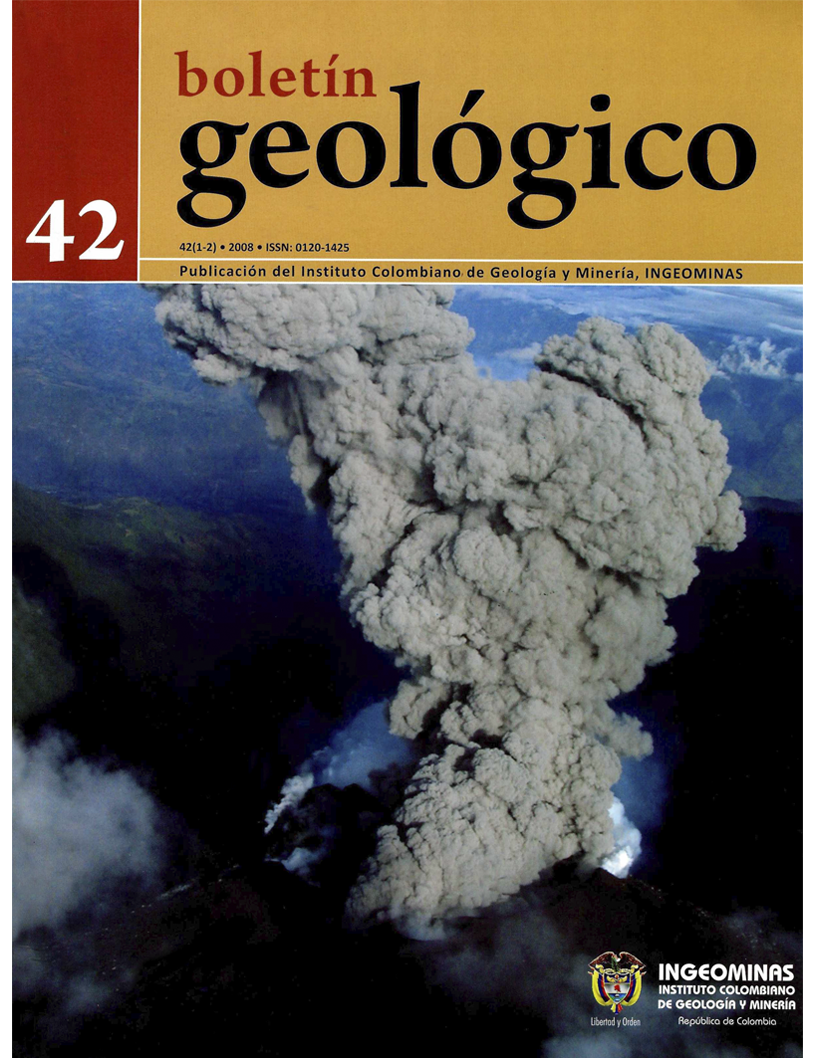Nivel relativo del mar en la costa pacífica sur de Colombia: variabilidad, tendencias e implicaciones en la dinámica deltaica
DOI:
https://doi.org/10.32685/0120-1425/boletingeo.42.2008.19Keywords:
sea-level, Mira delta, deformation, subduction, morphodynamicsDownloads
How to Cite
Issue
Section
Published
Abstract
According to the relative sea level (RSL) data series from Tumaco 1953-2006, the positive sea-level anomalies show a good coherence with the Southern Oscillation lndex (SOI). The variability of the SOI explains 61 % of the seasonal variability in the water level data (r2 = 0.61, < 0.05). Maximum peaks appear in the 1982-1983 and 1997-1998 El Nino years, which were approximately 30 cm above the interannual monthly mean. The long term sea-level trend was decreasing at 0.60 mm/yr. Two subgroups of sea-level data with changing trends were identified: first (1953-1979), a decreasing trend of 4.7 mm/yr; second, an increasing trend rising at a rate of 4.7 mm/yr. The break of the series coincides with the occurrence of the 1979 great Tu maco earthquake (Mw = 8.2). That rate of change in the RSL subgroups could be explained through the theoretical dislocation model of strain accumulation and release at a subduction zone. Moreover, anomalies in water discharge of the Mira River (1981-2002) show an incrementally higher discharge in the drainage river basin between 1981 and 1987 and a diminishing trend in the discharge between 1988 and 2002. Recent delta dynamics show a continuous progradation proceeding between 1958 and 1987. After the 1979 earthquake, relative sea leve! rise, the 1982-1983 El Nino events and decreased river input may explain the change to a slow coastal erosion stage at the delta front.









